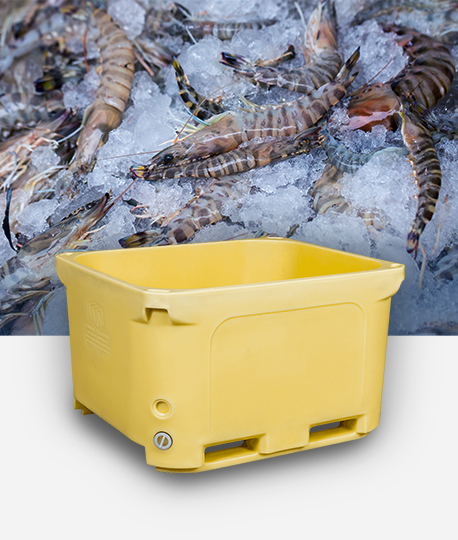Content
Insulated plastic containers are revolutionizing how we store and transport food, offering a convenient way to keep meals at the right temperature while on the go. Whether you’re packing a hot lunch for a long day or keeping a salad chilled for a picnic, these containers are a game-changer. They aren’t just about convenience—they also play a crucial role in food safety by preventing bacteria from growing in food that isn’t kept at a safe temperature.
What Are Insulated Plastic Containers?
Insulated plastic containers are more than just simple boxes; they are sophisticated vessels designed to combat the natural forces of heat transfer. Their main function is to maintain the temperature of their contents for an extended period, whether hot or cold. This is achieved through a scientific principle called insulation, which works by creating a barrier that slows the movement of heat.
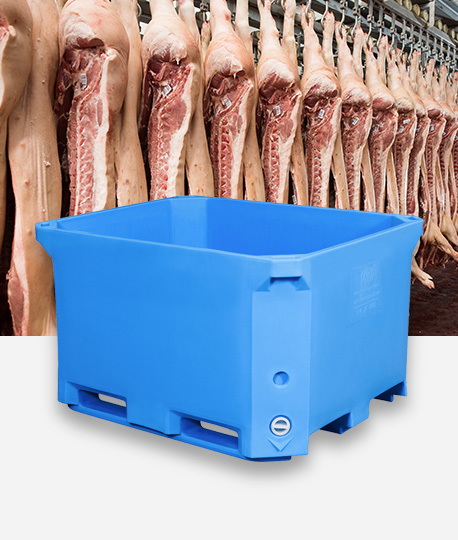
How Insulation Works
Heat transfers in three ways: conduction, convection, and radiation. Insulated containers are engineered to minimize all three.
Conduction: This is heat transfer through direct contact. In a single-walled container, heat from a hot liquid transfers directly to the plastic wall and then to your hand. Insulated containers prevent this by using a double-walled design. There is an inner wall that holds the food or drink and an outer wall. These two walls are connected only at the top, preventing a direct path for heat to travel.
Convection: This is heat transfer through the movement of fluids (liquids or gases). In a double-walled container, the space between the inner and outer walls is often filled with air. This air acts as a decent insulator. However, the most effective insulated containers take this a step further by creating a vacuum between the two walls. A vacuum is a space devoid of air molecules, meaning there is no medium for heat to move through via convection. This is the key to the superior performance of products like Thermos and Hydro Flask.
Radiation: This is heat transfer through electromagnetic waves, like the heat you feel from the sun or a fire. To combat this, many high-end insulated containers have a reflective lining on the inner surface of the outer wall, often made of a mirrored or silvered material. This reflects the heat waves back into the container, preventing them from escaping.
By addressing all three methods of heat transfer, these containers can keep hot beverages hot and cold drinks cold for hours on end, regardless of the outside temperature.
A Variety of Forms for Different Uses
The technology behind insulated containers is applied to a wide range of products, each designed for a specific purpose.
Food Containers: These are a lunch-packer's best friend. They are typically wide-mouthed jars, perfect for holding hot items like soup, chili, pasta, or stews. The wide opening makes them easy to fill, eat from, and clean. They ensure that a hot lunch stays hot until mealtime, eliminating the need for a microwave and making them a convenient option for school or the office.
Beverage Containers: From sleek water bottles to travel tumblers, this category is all about drinks. They come in various sizes, from a small tumbler for a morning coffee to a large bottle for all-day hydration. They are designed to keep beverages icy cold or piping hot for hours, making them ideal for commuting, working out, or simply staying hydrated throughout the day.
Lunch Boxes: This type of container often features multiple compartments, some of which may be insulated, while others are not. This allows you to pack a variety of foods, such as a hot main course and a room-temperature side dish, all in one convenient box. Many modern lunch boxes are also leak-proof and stackable, offering maximum portability and organizational ease.
Benefits of Using Insulated Plastic Containers
The value of an insulated container extends far beyond simply carrying food. They are a modern lifestyle essential, offering multiple key advantages that make them a worthwhile investment. These benefits relate not only to personal convenience but also to health, economics, and environmental sustainability.
The Art of Temperature Control
The most significant advantage of an insulated container is its exceptional temperature control. It's more than just keeping food hot or cold; it represents a tangible improvement in the quality of your daily life. Imagine opening your lunch box on a chilly winter day to enjoy a piping hot, fragrant bowl of soup instead of a cold meal, or on a sweltering summer day, savoring a crisp, chilled salad or fruit instead of a lukewarm one. This difference in experience is precisely what insulated containers provide.
This ability to control temperature is especially crucial for people who often eat away from home. Office workers, students, and outdoor enthusiasts no longer need to rely on public microwaves or refrigerators. This not only saves time but also gives them the flexibility to eat whenever and wherever they choose. For parents, it means they can prepare a nutritious, homemade lunch for their children and be confident that the food will remain fresh and delicious until lunchtime.
The applications of insulated containers are incredibly versatile:
Hot Foods: Keeping main courses like soups, stews, rice, pasta, and meats hot.
Cold Foods: Ensuring salads, yogurt, fruits, cold noodles, and desserts stay refreshingly cold.
Beverages: Whether it's morning coffee or an afternoon iced juice, they can maintain the ideal temperature for hours.
This precise temperature control allows people to easily enjoy meals that taste as fresh as when they were prepared, significantly enhancing the enjoyment of their daily diet.
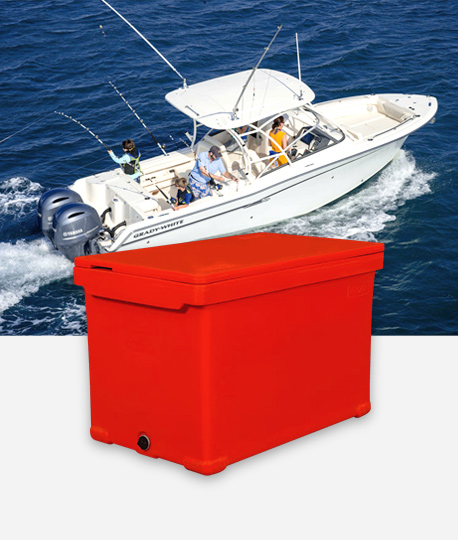
Guardians of Food Safety
Beyond convenience, insulated containers act as guardians of food safety, which is arguably one of their most critical functions. When left at an unsafe temperature, food can rapidly grow harmful bacteria, leading to foodborne illness. The U.S. Food Safety and Inspection Service (FSIS) defines the "danger zone" as temperatures between 40°F and 140°F (4°C and 60°C). Within this range, the number of bacteria can double every 20 minutes.
Insulated containers effectively prevent the rapid growth of bacteria by keeping food temperatures outside the "danger zone." When you pack hot food, the container's insulation maintains the temperature well above 140°F for an extended period, ensuring food safety. Similarly, when you pack cold food, the container keeps the temperature below 40°F, inhibiting bacterial growth. This strict temperature control significantly reduces the risk of food spoilage and food poisoning. For perishable items like dairy products, meat, or salads, an insulated container is an essential tool for ensuring food safety.
A Perfect Blend of Convenience and Portability
The design of insulated containers fully accounts for the fast pace of modern life. They are lightweight, compact, and easy to carry, making them ideal for travel, hiking, picnics, camping, and daily commutes.
Waste Reduction: They encourage people to bring their own food and drinks, reducing the reliance on disposable containers and plastic bottles, which contributes to environmental protection.
Cost-Effectiveness: Preparing your own lunch is typically more economical than eating out. Using insulated containers can help you save a substantial amount on food expenses.
Versatility: Many insulated containers feature multi-compartment designs, allowing users to carry different types of food in one container, such as a hot main course and a room-temperature side dish, which greatly enhances convenience.
Many containers are also designed with ergonomic handles, non-slip surfaces, and easy-to-open lids, making them simple to use in any environment.
Built to Last, Built for Durability
Unlike glass or ceramic containers, insulated plastic containers are generally more lightweight and shatterproof. They are made from high-quality, food-grade plastic or stainless steel, capable of withstanding the bumps and drops of daily use. This durability makes them a reliable choice for families, schools, and outdoor activities.
High-quality materials also mean they are resistant to stains and odors and are easy to clean. Proper care can extend their lifespan, making these containers long-lasting companions in your kitchen and daily life. Many brands also offer warranties, standing behind the sturdiness and reliability of their products.
Features to Look For
When you're ready to buy an insulated container, it's easy to get overwhelmed by the sheer number of options. To find the one that best suits your needs, it's crucial to look beyond the basic function and focus on the details. Not all insulated containers are created equal, and understanding their key features will help you make a smart investment.
Material Quality and Safety
The materials used in an insulated container directly impact its safety, durability, and effectiveness. The most important thing to check for is whether the container is made from BPA-free and food-grade plastics.
BPA-Free Plastics: BPA (Bisphenol A) is a chemical that has been used in some plastics and resins since the 1960s. While its health effects are still debated, many consumers prefer to avoid it. Choosing a BPA-free container ensures that this chemical won't leach into your food, giving you peace of mind.
Food-Grade Plastics: This classification means the plastic has been deemed safe for contact with food by regulatory bodies like the FDA. It ensures the material won't contaminate your food with toxic substances or change its taste and odor.
For the highest level of safety and durability, many premium insulated containers feature a stainless steel interior. Stainless steel is naturally non-porous, which means it doesn't hold onto odors or stains. It's also incredibly easy to clean and is highly resistant to bacterial growth, making it an excellent choice for food storage.
Insulation Type: The Heart of the Container
The container's ability to maintain temperature is determined by its insulation. While various methods are used, two types stand out.
Double-Walled Vacuum Insulation: This is the undisputed gold standard. This design features two walls with a vacuum (a space with no air) between them. Since heat transfer by convection is impossible in a vacuum, this method offers superior temperature retention. These containers can keep food hot or cold for many hours, making them ideal for long trips or full-day use.
Foam Insulation: This type of insulation uses a layer of foam trapped between the container's walls. While it is effective and often makes the container more affordable and lightweight, it generally doesn't offer the same long-lasting temperature control as vacuum insulation. Foam-insulated containers are great for shorter periods, like a few hours, but may not keep food at the desired temperature all day.
Sealing Mechanism: Preventing Leaks and Spoilage
A container's seal is just as important as its insulation. A poor seal can lead to spills and can compromise the food's freshness.
Leak-Proof Lids: A reliable leak-proof lid is essential, especially when you're carrying liquids like soup or juice. Look for lids with a secure, tight-fitting gasket or a strong silicone seal. Some containers use a locking mechanism to provide extra security, preventing accidental opening.
Airtight Seals: Beyond preventing leaks, an airtight seal keeps air out, which is crucial for maintaining the freshness of your food and preventing contamination. An airtight seal also works with the insulation to keep the internal temperature stable.
Size and Shape: Finding Your Perfect Fit
The size and shape of an insulated container should match your specific needs. There's a wide variety of options available, from small jars for snacks to large, multi-compartment lunch boxes.
Variety of Sizes: Smaller containers (e.g., 8-12 oz) are perfect for snacks, baby food, or small side dishes. Medium-sized containers (16-24 oz) are great for individual meals like soup or pasta. Larger containers (32 oz+) are ideal for packing a meal for two or for full-day trips.
Ergonomic Shapes: Consider how the container will be used. A wide-mouthed jar is great for eating directly out of it and for easy cleaning. A slim bottle is better for carrying in a bag's side pocket. Look for features like non-slip grips or handles that make the container easy to hold and carry.
Comparison of Insulation Types
The following table provides a quick comparison of the two main types of insulation to help you decide which is best for your lifestyle.
|
Feature |
Double-Walled Vacuum Insulation |
Foam Insulation |
|
Temperature Retention |
Excellent (keeps food hot/cold for 6-12+ hours) |
Good (keeps food hot/cold for 2-4 hours) |
|
Material |
Typically stainless steel interior, with a plastic exterior. |
Often all plastic. |
|
Durability |
Very high; resistant to dents and scratches. |
Good; may be more susceptible to damage over time. |
|
Weight |
Heavier due to the vacuum seal and stainless steel. |
Lighter and more portable. |
|
Price |
Generally more expensive due to advanced technology. |
More affordable. |
|
Best Use Case |
All-day use, long commutes, outdoor adventures. |
Short trips, school lunches, everyday convenience. |
How to Choose the Right Container for You
Define Your Primary Use Case
The first step in narrowing down your options is to determine what you'll be using the container for most often. The perfect container for a daily commute might be completely different from one you’d use for a weekend camping trip.
For Hot Beverages: If you're a coffee or tea drinker, look for an insulated travel mug or tumbler. These are designed with features like sip-lids and ergonomic shapes that make them easy to handle while driving or walking.
For Kids' Lunches: Durability and ease of use are key here. Look for containers with simple-to-open lids, fun designs, and a compact size that fits easily into a backpack. Compartmentalized lunch boxes are also a great option to keep different foods separate.
For Soups and Stews: A wide-mouthed food jar is the ideal choice. The large opening makes it easy to fill, eat from with a spoon, and clean thoroughly. These are perfect for keeping a hearty meal hot until lunchtime.
For Outdoor Adventures: If you're hiking or camping, prioritize ruggedness and long-lasting temperature retention. Look for containers with a durable, scratch-resistant exterior and a high-performance vacuum seal that can keep your food or drinks at the right temperature for a full day or more.
Evaluate Size and Capacity
Once you know what you'll be putting in your container, you can figure out how much you need it to hold. Choosing the right size prevents you from carrying a bulky container for a small snack or, worse, running out of food or drink before you’re ready.
For Snacks: A small jar, around 8 to 12 ounces, is perfect for a serving of yogurt, fruit, or nuts.
For Single Meals: A medium-sized container, typically between 16 and 24 ounces, is the most versatile option for a standard lunch portion of soup, pasta, or salad.
For Sharing or All-Day Use: If you need to pack a meal for two or want to have enough coffee for a full day, look for larger containers that hold 32 ounces or more.
Read Customer Reviews and Ratings
Before you make a final decision, take the time to read what other users have to say. Customer reviews offer real-world insights that you won't find on product descriptions. Pay close attention to comments about the following:
Temperature Retention: Does the product live up to its claims? Look for specific examples, such as a user who noted their coffee stayed hot for 8 hours or a salad remained cold for 5 hours.
Leak-Proof Performance: Many products claim to be leak-proof, but reviews will reveal if this is actually true. Check for feedback on how well the lid seals and if it has ever leaked, especially when carried in a bag.
Durability: Do users mention dents, scratches, or broken parts? This can give you an idea of how well the container will hold up to daily wear and tear.
Ease of Cleaning: Are there complaints about odors, stains, or difficulty cleaning certain parts, like the lid or seal? A container that's hard to clean can quickly become a hassle.
Care and Maintenance Tips
Proper care is the key to maximizing the lifespan and performance of your insulated containers. By following a few simple yet crucial maintenance tips, you can ensure your favorite food jar or travel mug remains as effective and pristine as the day you bought it.
The Golden Rule: Hand-Washing is Best
While many manufacturers claim their insulated containers are "dishwasher safe," a little extra effort can go a long way in preserving their quality. Hand-washing is the best way to maintain the integrity of your container's key components.
Preserving the Seal: The dishwasher's high heat can cause the rubber or silicone seals and gaskets to warp or degrade over time. These seals are vital for maintaining the vacuum insulation and preventing leaks. Hand-washing with warm, soapy water gently cleans the seal without exposing it to extreme temperatures that can compromise its elasticity and effectiveness.
Protecting the Finish: Abrasive dishwasher detergents and high-pressure water jets can damage the container's exterior finish, whether it's painted, powder-coated, or polished stainless steel. Hand-washing helps prevent scratches and keeps your container looking new.
Reaching All Areas: A sponge or bottle brush can reach every nook and cranny, ensuring no food particles are left behind. This is especially important for lids and hard-to-reach corners.
Banishing Odors and Stains: A Simple Solution
One of the most common complaints about food containers is lingering odors from past meals. To prevent this, a thorough cleaning routine is essential.
Wash Immediately: The best way to prevent odors and stains is to wash your container as soon as possible after use. This prevents food residue from drying onto the surface and embedding itself into the material.
Air Drying is Crucial: After washing, allow the container and its lid to air dry completely before sealing it shut. Trapping moisture inside can lead to mold, mildew, and a stale smell. Leave the lid and container separate on a drying rack until they are bone-dry.
Tackle Stubborn Odors: For strong odors from items like garlic, curry, or coffee, a simple home remedy works wonders. Create a paste by mixing a few tablespoons of baking soda with water. Apply the paste to the inside of the container and let it sit for a few hours or even overnight. Rinse thoroughly afterward. Alternatively, you can fill the container with a mixture of white vinegar and water and let it soak.
Protecting the Integrity of Your Container: Avoid Extremes
Insulated containers are designed to handle hot and cold temperatures, but their construction is not meant for extreme, rapid temperature changes or external heat sources.
No Microwave: Never place an insulated container, especially one with a stainless steel interior, in the microwave. The metal will cause arcing and can damage the microwave and the container. The microwave's heat also directly attacks the integrity of the insulation.
No Freezer: Do not store your insulated container in the freezer. The contents inside will expand as they freeze, which can damage the container's seals, create a bulge, or even break the vacuum seal, rendering the insulation useless.
Handle with Care: While durable, insulated containers are not indestructible. Avoid dropping them or subjecting them to harsh impacts, as this can dent the outer shell and damage the delicate vacuum seal.


 English
English Español
Español عربى
عربى 中文简体
中文简体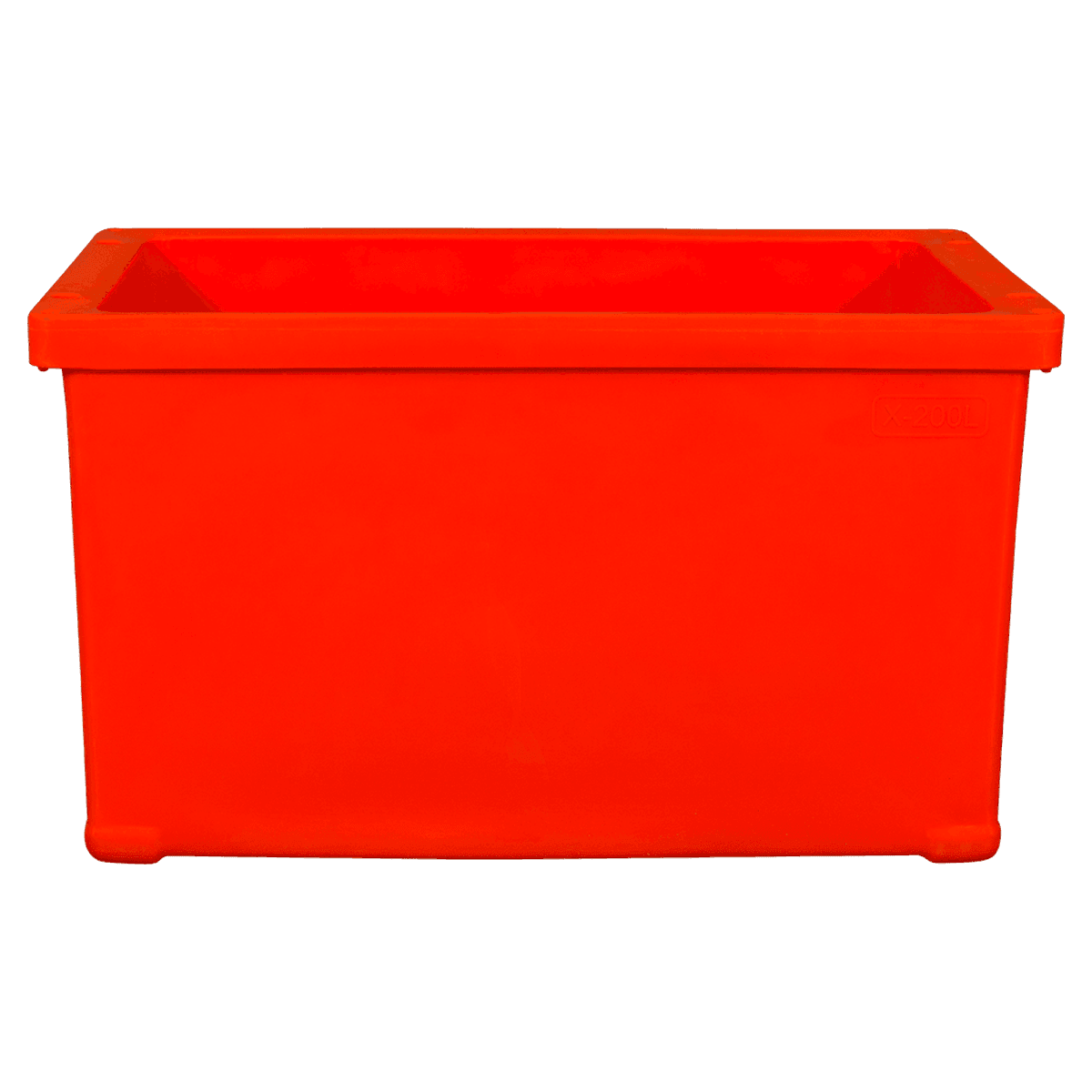
-4.png)
-4.png)
-2.png)
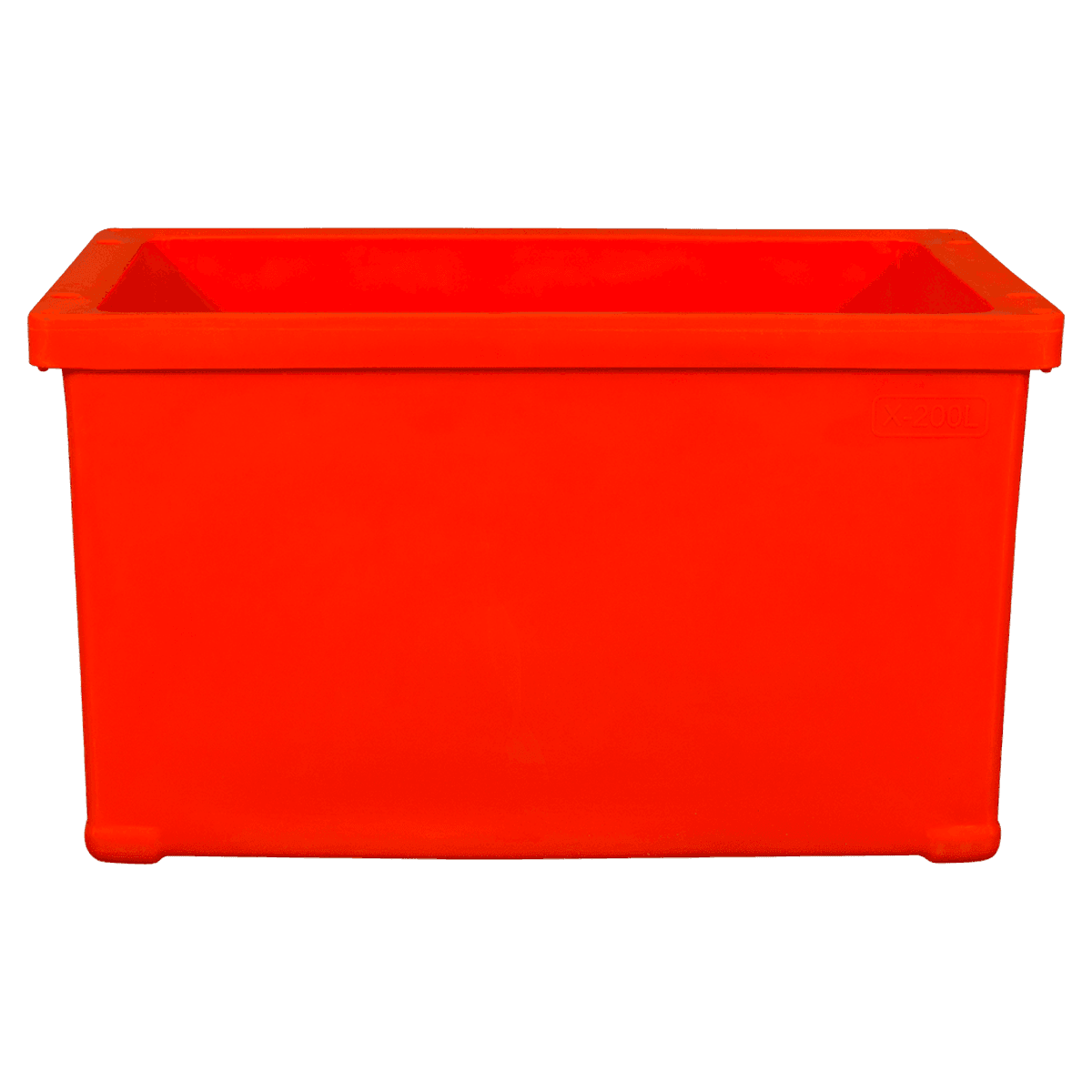
-2.png)
-2.png)



